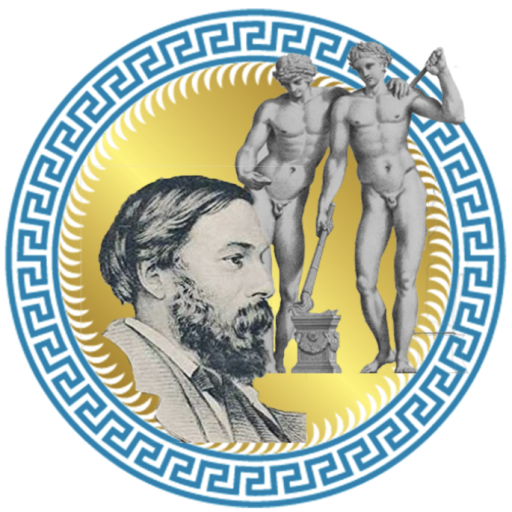Category: Student Blog
Publishing & Priapeia
 Asha Chukumba
Asha ChukumbaAlmost everyone has thought, at one point in their life, that they’ve been gifted with the art of literacy, and has wanted to rush to bring their story into the world. For some, the hardest part is actually writing the story down, in all its completeness. For others, it’s trying not to write too much, … Continue reading Publishing & Priapeia
The Influence of Media on Symonds
 Jordan Prince
Jordan Prince
A large part of who we are comes from the influence of our environment, and this environment includes the media we consume. While we may have the internet and social media today, some of the main forms of media back in the day of John Addington Symonds were newspapers, letters, and, of course, books. As … Continue reading The Influence of Media on Symonds
A Night of Despair
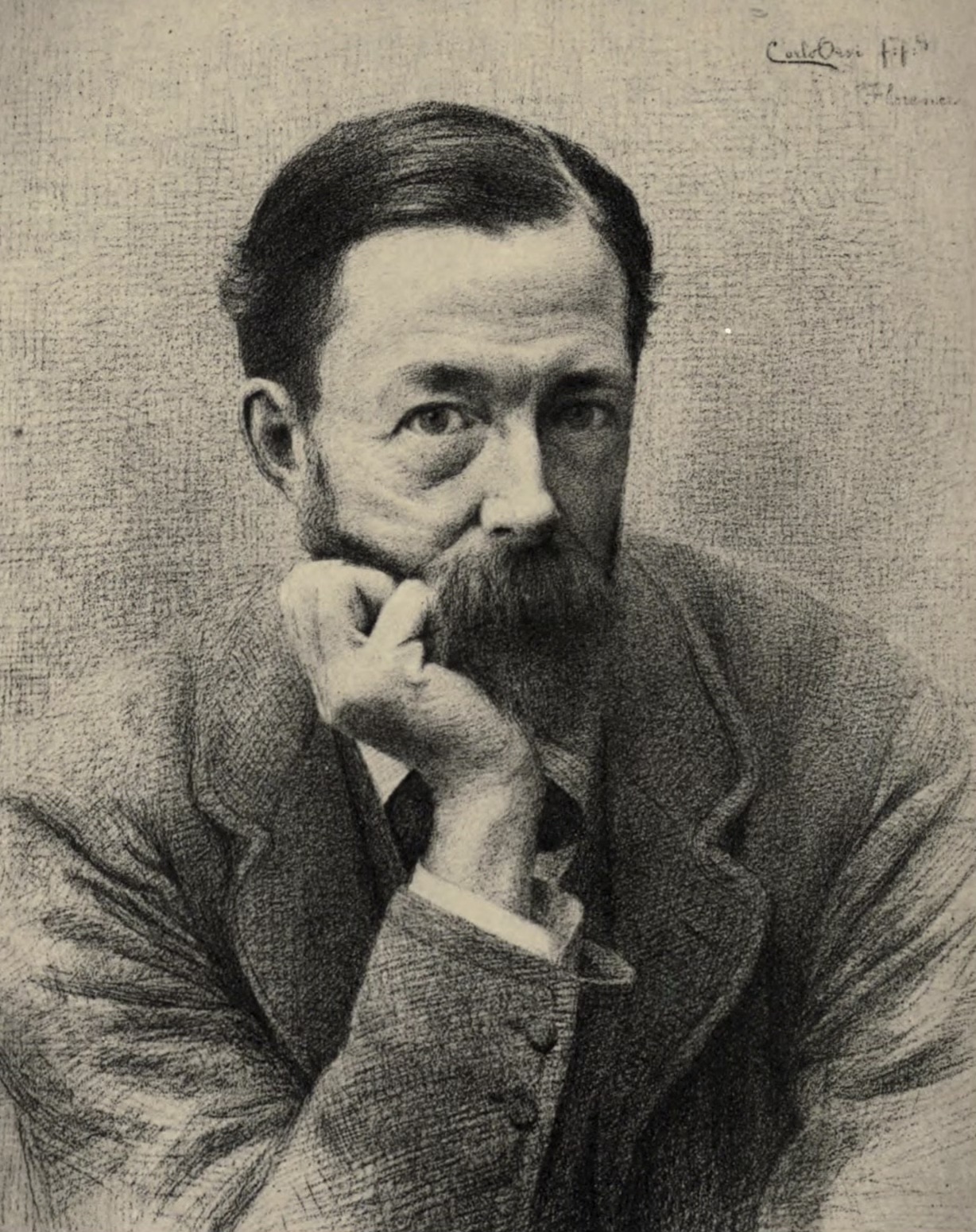 Malaika Voyou
Malaika Voyou
This semester in the lab, we have been working on putting a collection of books owned/read by John Addington Symonds together in HathiTrust. At the time of writing this, our current collection is 427 books. Something so amazing about having these books together in one place is that you can search for a word or … Continue reading A Night of Despair
The Book That Scared Symonds
 Nhat Tran
Nhat Tran
Throughout the first volume of Symonds’s Letters, Symonds rarely writes about leaving a book unfinished. Often, Symonds discusses how engaged he is in his reading, from describing how “enchanted” he was with Berkeley’s Treatise Concerning the Principles of Human Knowledge to how he “devoured” Collins’s Woman in White (Letters, 158, 242). There are moments when … Continue reading The Book That Scared Symonds
The First Step in Creating Symonds’s Network
 Diane Lee
Diane Lee
Network theory, also commonly referred to as graph theory, uses graphs to represent relations between distinct objects, whether those be people, neurons, companies, or even abstract concepts. Due to its versatility, network theory can be applied to a variety of fields such as sociology, neuroscience, operations research, and public health, and offers an efficient way … Continue reading The First Step in Creating Symonds’s Network
Reexamining the Lost Library
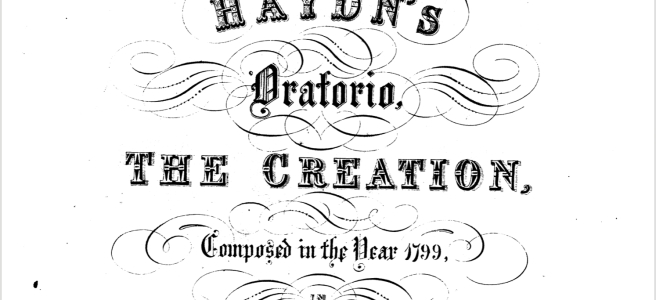 Jacqueline Rosenkranz
Jacqueline Rosenkranz
One of the lab’s tasks for this semester included extracting data for the Lost Library from the letters of John Addington Symonds. Working with this new source of evidence has raised new questions: How can we determine degrees of book ownership? How can we be certain Symonds owned a specific edition of a work? Can … Continue reading Reexamining the Lost Library
Deciphering Symonds’s Coat of Arms: A Reflection
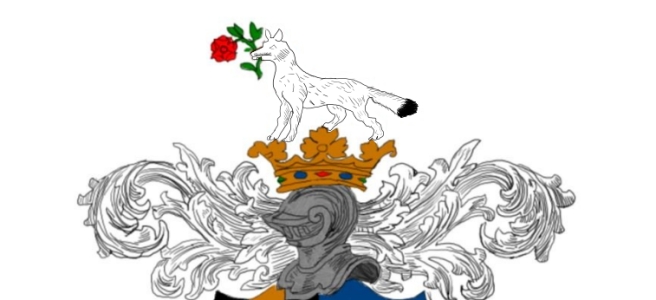 Kendra Brewer
Kendra Brewer
After spending time thinking about Symonds’s name and family history in my previous post (entitled “What’s in a name?”), I decided to continue along the same theme with this one. Within the Johns Hopkins University Special Collections Library appears a copy of Agamemnon: A Tragedy taken from Aeschylus that was translated by Edward FitzGerald and … Continue reading Deciphering Symonds’s Coat of Arms: A Reflection
Symonds and Boccaccio’s “Artistic Inferiority”
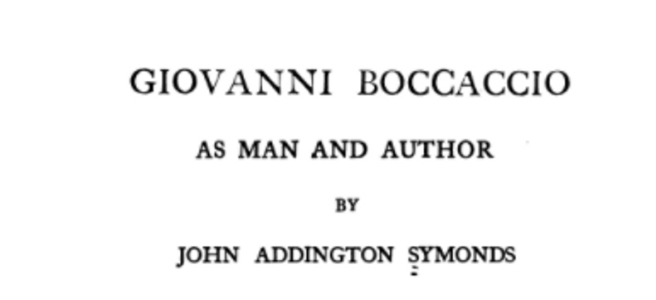 Shelby York
Shelby York
Over the course of his career, one curious writer Symonds referenced frequently was Giovanni Boccaccio, a fourteenth-century Italian poet and prose writer famous for works such as The Decameron. Not only is Boccaccio discussed among other famous Italian authors, Dante and Petrarch, in the “Italian Literature” volume of his Renaissance in Italy series, but Symonds … Continue reading Symonds and Boccaccio’s “Artistic Inferiority”
The Commonplace Book of Sophia Elers
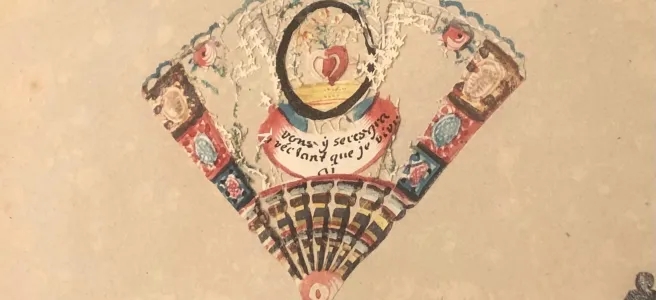 sberkey1
sberkey1
The commonplace book developed in the hands of sixteenth- through nineteenth-century European women as a form of privatized intellectual engagement. A dearth of formal women’s education and an emphasis, rather, on domestic skills both necessitated the search for academic outlets and provided women with ample time to find them. Women turned to commonplace books to … Continue reading The Commonplace Book of Sophia Elers
British Ballads and Symonds’s Spiritual Terrors of Childhood
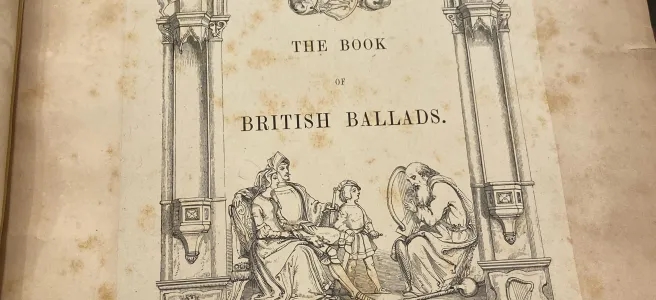 Yuhang Deng
Yuhang Deng
In his childhood, John Addington Symonds constantly suffered from “spiritual terrors” (Memoirs, 71). He identified several works that took hold of his imagination, including “a book of old ballads in two volumes” (ibid.). A copy of one likely candidate, The Book of British Ballads (edited by S. C. Hall and published between 1842 and 1844), … Continue reading British Ballads and Symonds’s Spiritual Terrors of Childhood
